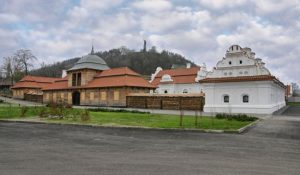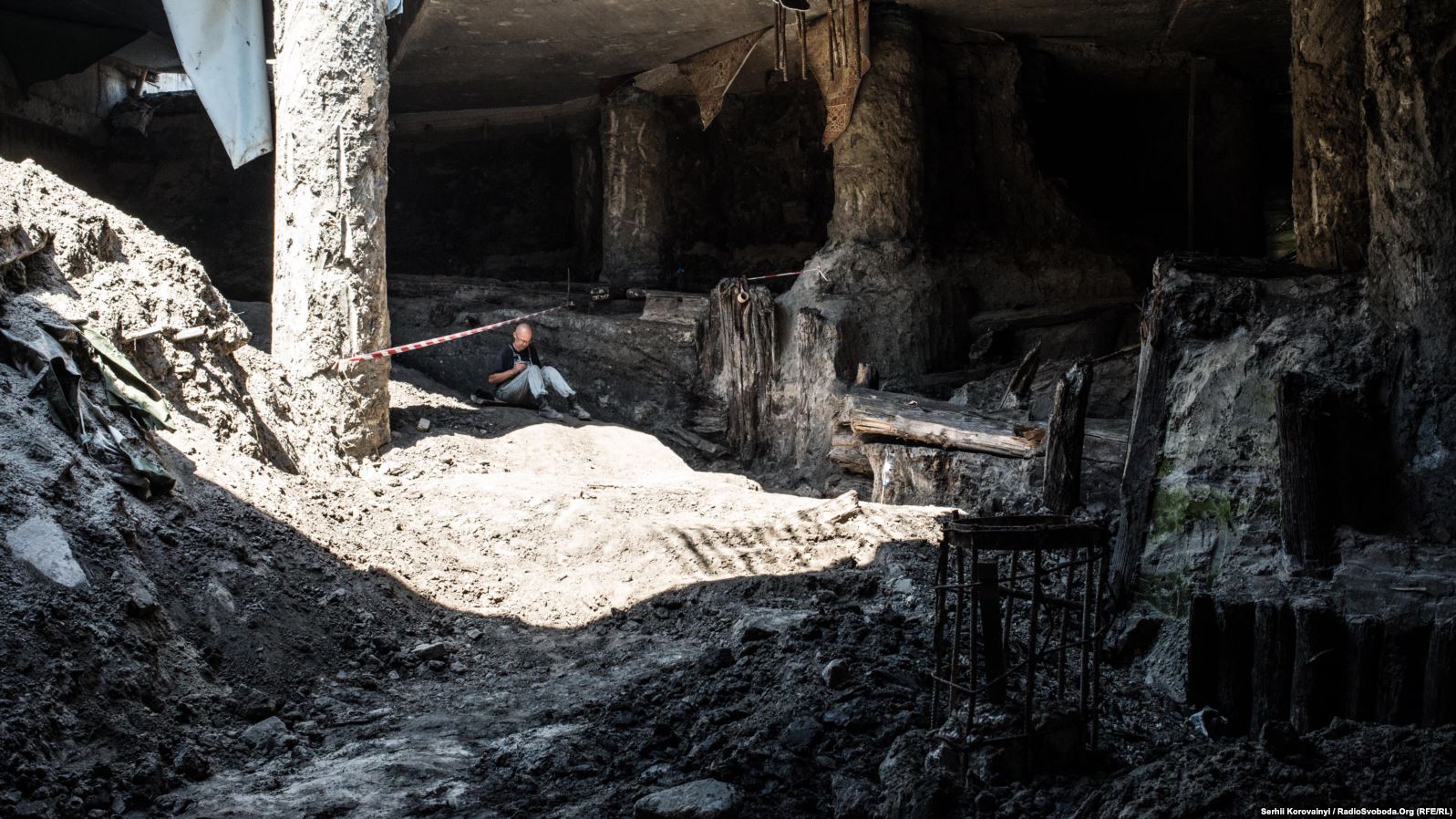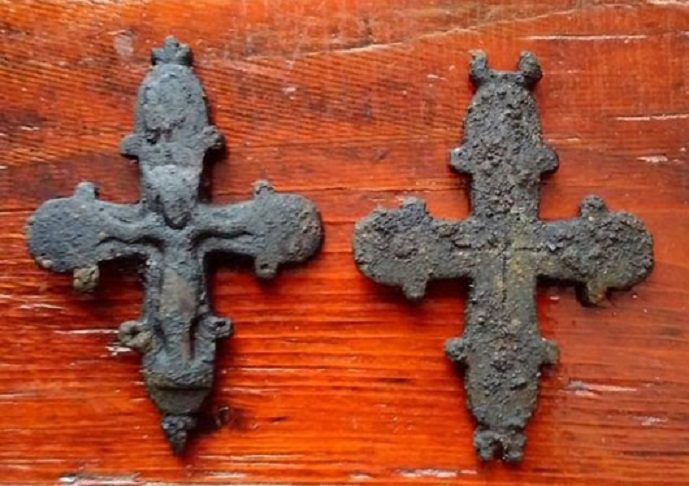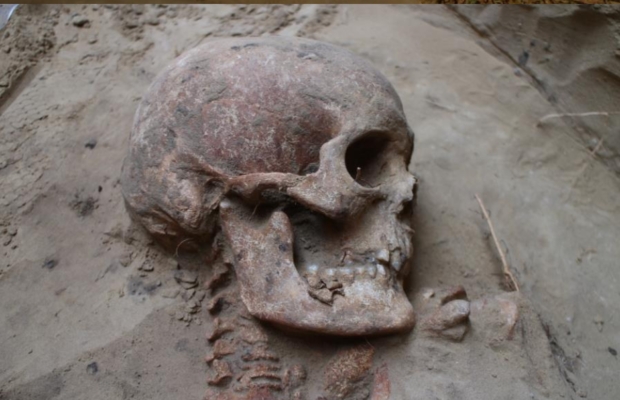
In autumn of 2017, explorers accidentally stumbled on a deep hole filled with human bones (mainly human skulls) on Zamkova Hora in Cherkasy Oblast, near the historic town of Chyhyryn. The site measured 1.8m x 1m and was 1.5m deep. Calculations made it possible to assume that the pit might contain up to 300 human skulls.
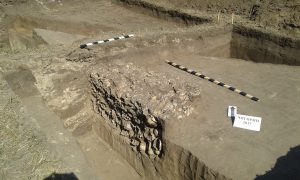
Referring to global studies on opening mass military burial sites, researchers developed a methodology that allowed them to make comprehensive and detailed studies of these findings. The site was divided into 50 сm2 squares; each square was recorded and the soil was carefully removed in 10 to 30 cm layers (depending on the actual content of each layer).
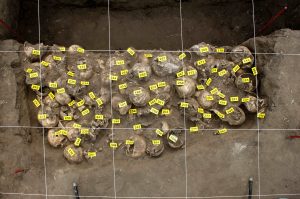
In the first phase, during which three main and three intermediate layers were removed, archeologists discovered human skulls and individual bones. They then deduced that the excavation site might contain more than just human skulls, as it first seemed, but also random remains, which had obviously been gathered in the immediate vicinity of the site.
The second phase (4-7 layers removed), which lasted all through May 2018, gave researchers some idea of the origin and composition of the remains.

It should be noted that most of the findings consisted of disarticulated (isolated) skulls, lower jaw bones and the first three cervical vertebrae. In addition, the pit contained separate disarticulated bones of hands, collarbones, and individual feet and leg bones.
According to preliminary observations, most of the remains belonged to rather young men (from 18 to 30 years old), but there were also individual skulls of older children, young women and older men. The latter were found in the middle and upper layers of the burial site.
Most of the skulls had traces of fatal injuries caused by sharp weapons. Two types of injuries were identified: traces of superficial or penetrating wounds, located randomly along the skulls, mainly on the front and top of the left side. These were obviously wounds inflicted during battle. Similar injuries were observed on individual bones of the forearms and feet. Bullet holes were found in two skulls.
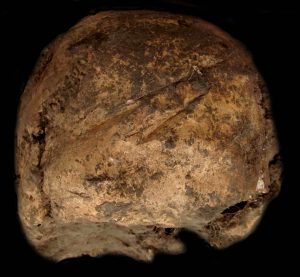
The other types of injury pointed to traces of slashing and cutting located horizontally around the neck area, the base of the skull, the lower part of the lower jaw and cervical vertebrae. Given the location, these injuries were correlated with decapitation (beheading).
Taking into account the historical context*, the researchers assume that the pit found on Zamkova Hora in Chyhyryn is linked to the Chyhyryn campaigns of 1677-1678 when the Ottoman army besieged and eventually conquered the citadel protected by a Russian division and Ukrainian Cossack troops. Many historical sources mention that it was traditional for Turkish military forces to behead their enemies. It was a manifestation of military valour and an act intended to intimidate the enemy. Heads from dead enemies were considered military trophies, for which the victorious fighters received financial rewards.

Given the location of the site and the archaeological and historical context, it can be argued that the excavation pit was a disposal site for the remains of warriors – the defenders of Chyhyryn – who died and were beheaded during battle, as well as of dead civilians who had remained in the fortress. The pit was formed gradually, possibly in two or more stages. Apparently, the Turks dug this pit to bury the remains near their camp, which surrounded Chyhyryn Fortress. Judging by the colour and state of the bones in the lower layers, this occurred at least a few months after the first siege. The injuries on the skulls that were found in the upper layers of the pit, the presence of bones of upper and lower limbs, as well as the presence of beheaded skulls of women and children (over 9 years of age) suggest that the pit was filled and partially covered after the complete destruction of Chyhyryn Fortress in 1678.
This burial site, which contains the remains of at least three hundred persons, is an unprecedented archeological find in Ukraine.
Research and excavations are ongoing. At the next stage, the number of buried individuals will be calculated and the remains will be identified (sex and age). Skull morphology will help researchers determine the anthropological (craniological) type of the individuals buried in the pit, which will make it possible to affiliate them to local residents, Cossacks, Russians or mercenaries from other countries. The location and nature of the injuries that caused the deaths of these people will be studied further. They may shed some light on some unknown details of 17-century battles that took place around Chyhyryn.
After all the digs and studies have been completed, the remains will be re-buried in the memorial complex of the Chyhyryn Reserve.
*Historical Background
Chyhyryn is first mentioned as a fortified Cossack winter station. In 1638, Bohdan Khmelnytsky became its starosta (regional leader), and in 1648, the town became the newly elected Hetman’s residence and the capital of the Cossack state. During the Russo-Turkish Wars (1676-1681), it was the center of two bloody campaigns (1675–76 and 1677–78). In mid-July 1678, Chyhyryn Fortress was besieged by the Ottoman Army, which greatly outnumbered the Muscovite and Cossack defenders. Thanks to Ottoman expertise in engineering, demolition and siege warfare, the city fell to the Turks in August, 1678. However, before retreating, the Muscovite authorities set fire to the powder magazine, thus killing hundreds of Ottoman fighters. Chyhyryn was sacked and burnt to the ground, and lost its significance.
Cossack chronicler Samiylo Velychko lamented the death of Chyhyryn: “And the most proud Cossack Ukraine stumbled and fell, as happened to the ancient and great city of Babel… and the Cossacks would suffer because of their discord, losing their battles…”
